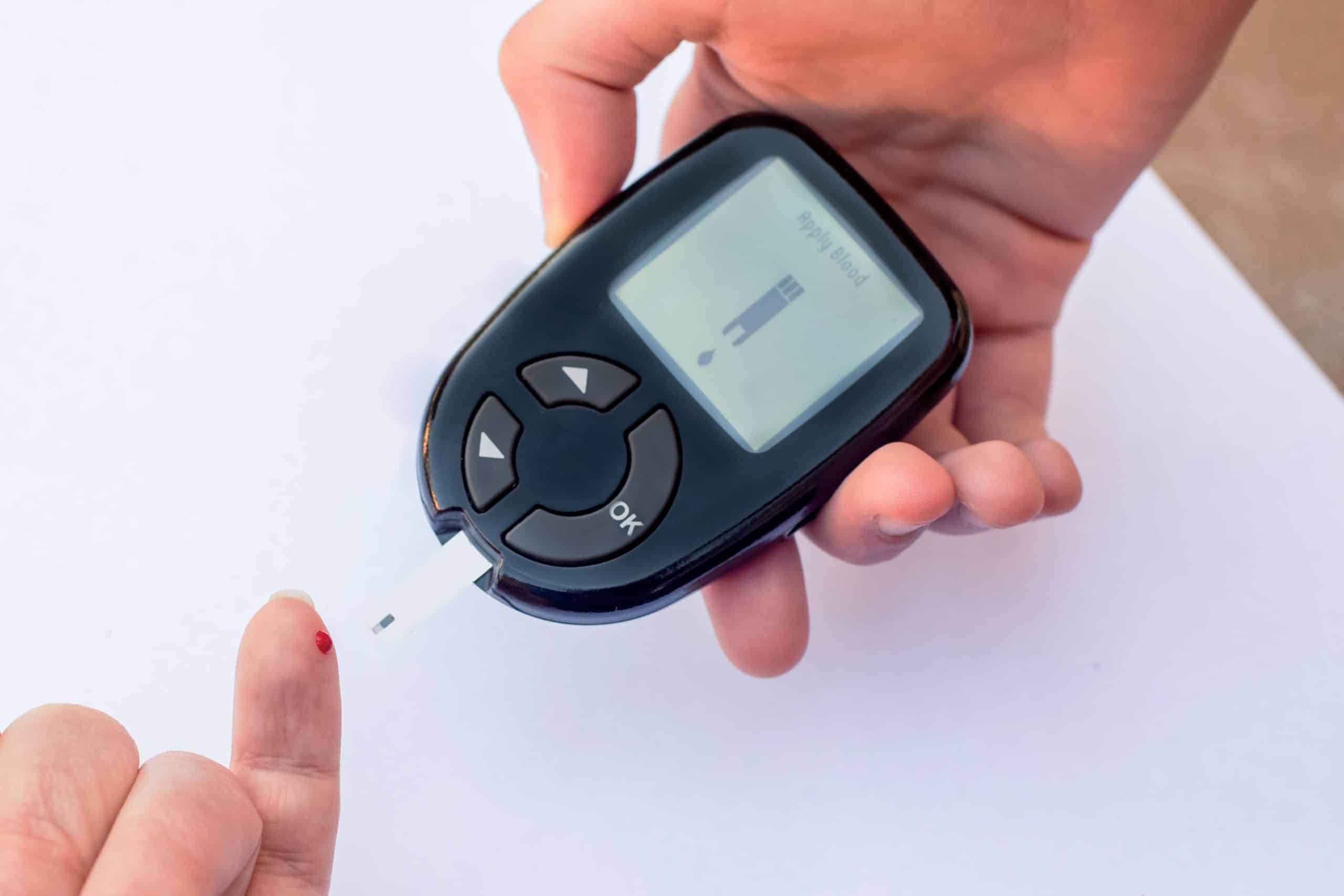
Like most individuals, you probably don’t pay much attention to your blood glucose levels. However, having uncontrolled blood sugar levels is a serious health condition that can affect your health later in life.
Knowledge is power, so the sooner you learn to recognize the signs of prediabetes, the better you’ll act on them. Continue reading about the symptoms of high blood sugar and what you can do if you have signs of a prediabetic.
What Does Prediabetic Mean?
Prediabetes means having blood glucose levels above average but not high enough to be classified as full-blown diabetes. It’s also sometimes called borderline diabetes, impaired glucose tolerance (IGT), or impaired fasting glucose (IFG). With type 2 diabetes, you would need medication to manage your blood sugar levels and insulin injections if you don’t manage prediabetes right away.
Studies also show that people with prediabetes are likely to develop heart disease, stroke, and other diseases that can be fatal down the road. What’s especially worrisome is that you can have prediabetes for years—sometimes even decades—without knowing it. So not only does this condition worsen if left untreated, but you can live for a very long time without having any idea that you’re at heightened risk for these deadly illnesses.
READ: Type 2 Diabetes Life Expectancy: Risks and Tips
Risk Factors of Prediabetes
A number of risk factors contribute to prediabetes, including:
Overweight or Obesity
People overweight or obese (BMI greater than 25) have a higher risk of prediabetes. About 80% of people with prediabetes are overweight. The heavier you are and the longer you’ve been overweight, the greater your risk of developing prediabetes.
Suppose you have a waist circumference of 40 inches or more for men and 35 inches or more for women. In that case, you may have central obesity — indicating that you’re at an increased risk of developing prediabetes. Obesity-related health problems include high blood pressure, high cholesterol levels, and high triglycerides, which also increase the risk of prediabetes.
Age
Age is another risk factor for developing prediabetes. As you get older (especially for 45 and up), your body’s ability to use insulin may decline, increasing your risk of prediabetes and diabetes.
Sex
Men are more likely to develop prediabetes, but the condition is more common in women who are overweight or obese. For women, there is also a possibility to have insulin resistance due to hormonal factors such as pregnancy (gestational diabetes) and menopause, which affect blood sugar levels.
Race/ethnicity
People with African American, Hispanic/Latino, Asian American, Pacific Islander or Native American ancestry tend to have type 2 diabetes at a higher rate than Caucasians.
Family history of diabetes or heart disease
You may be prone to prediabetes if you have a family member with type 2 diabetes or heart disease (coronary artery disease).
What Are the Warning Signs of Prediabetes?
It is important to be alert and take prediabetes symptoms seriously. Most people who have it don’t even realize it. Any of these symptoms of prediabetes should prompt you to consider getting tested:
- Headaches
- Dry mouth
- Mood swings
- Increased thirst and increased urination
- Increased hunger or a constant craving for food.
- Unusual weight loss or gain
- Dry skin and itching in various parts of the body, such as the hands or feet
- Numbness and tingling in the hands and feet
- Blurry vision or difficulty with vision due to blurred or distorted vision
- Slow healing sores or cuts that heal slowly
- Tiredness and fatigue
- Trouble sleeping at night
- Frequent infections (bacterial, yeast or fungal)
Diagnosis of Prediabetes
Because many people aren’t even aware they have prediabetes, it becomes increasingly difficult to control over time. The first step towards correcting your prediabetes is through a consultation. Doctors diagnose you with this condition when your blood sugar levels are higher than normal but lower than the diabetes threshold. If you have prediabetes, your doctor can measure your blood sugar levels using different tests.
Hemoglobin A1c level of 42-47 mmol/mol (6-6.05%)
If you exhibit signs of high blood sugar, your doctor will likely perform a hemoglobin A1c test. This test aims to measure your blood sugar levels over the past few months. The higher your hemoglobin A1c level, the more likely you have prediabetes.
A1C greater than or equal to 5.7% but less than 6.4%
If your doctor suspects you may have prediabetes, they will check your fasting blood glucose (FBG) and HbA1c levels. This test is the best indicator of how well your body can metabolize sugar. A1C prediabetes shows a level of 5.7% or higher on two separate tests means you have prediabetes.
Fasting blood sugar (FBS) of 100 to 125 mg/dl (5.6 to 6.9 mmol/L)
If you have impaired fasting glucose (IFG), your body has too much sugar in the blood for an extended period, such as after an overnight fast. It’s usually a warning sign that you’re on your way toward developing full-blown type 2 diabetes.
Knowing these levels can help you get started on a path that can delay or prevent the onset of type 2 diabetes. If you have prediabetes, your doctor will recommend you make lifestyle changes, such as eating healthier and exercising more. They may also prescribe medications to lower your blood sugar levels.
READ: Best Diet and Exercise for People With Diabetes
Stop Diabetes Before It Starts!
Not taking your prediabetes seriously can have severe consequences. Take steps early to ensure you don’t end up suffering from type 2 diabetes. Don’t hesitate to contact a doctor if you have concerns about your blood sugar levels.
At PHWC, we can help you be as healthy as possible to reduce your risk of diabetes. Call (441)-292-5111 or visit www.phwcbermuda.com for a consultation. Spread the word about this article to anyone you know who has a risk of getting type 2 diabetes.
